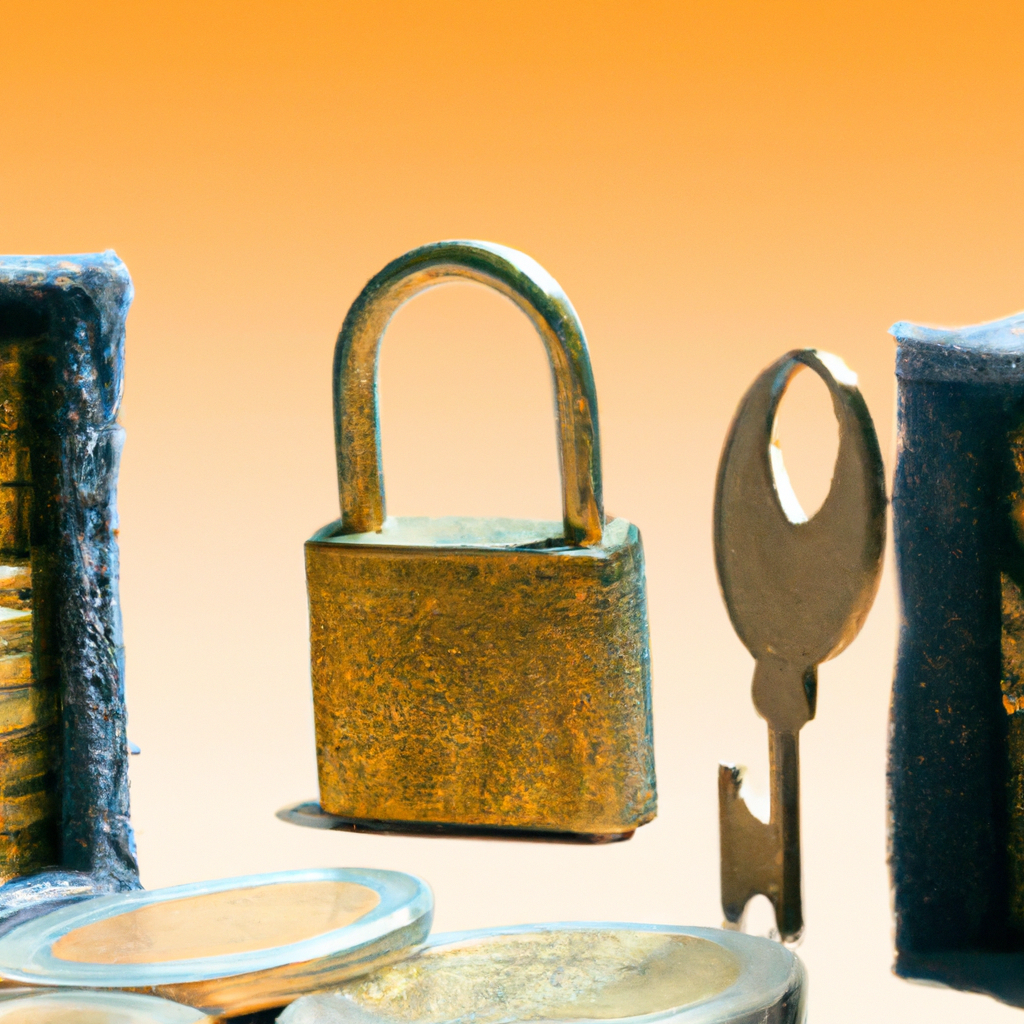How to Get Rid of Debt Once and for All: Foolproof Financial Management Tips
Who hasn’t found themselves in financial trouble, full of debt and unsure where to start to get rid of it? Debt is a common situation in many people’s lives, but it can be overcome with planning and discipline. In this article, we’ll present foolproof financial management tips to help you get rid of debt once and for all.
1. Assess Your Financial Situation
The first step to getting rid of debt is understanding your current financial situation. List all your debts, including amounts, terms, and interest rates. Also, analyze your monthly income and fixed and variable expenses. With this information in hand, it will be easier to create an action plan to pay off the debts.
2. Cut Unnecessary Expenses
Identify unnecessary expenses and cut everything that is not essential to your daily life. Renegotiate contracts, cancel subscriptions you don’t use, and look for more economical alternatives for your lifestyle. Reducing expenses is crucial to directing more resources to debt repayment.
3. Renegotiate Your Debts
Contact creditors and negotiate your debts. Often, it’s possible to get discounts and more favorable payment terms to settle what you owe. Don’t be ashamed to ask for help and explain your situation, as most companies are willing to negotiate to receive what they are owed.
4. Set Realistic Goals
Set clear and achievable goals for paying off your debts. Establish deadlines and amounts for each one and closely monitor your progress. Having well-defined objectives will motivate you to maintain the focus and discipline needed to get rid of debt once and for all.
5. Create an Emergency Fund
To avoid falling back into debt in the future, it’s important to create an emergency fund. Set aside a portion of your monthly income for this fund, which should only be used in unforeseen situations, such as medical expenses, unexpected repairs, or job loss. Having a financial reserve will give you more security and peace of mind to deal with unforeseen events without resorting to loans.
6. Seek Extra Income Sources
To speed up the debt repayment process, look for ways to increase your monthly income. It could be through freelance work, selling products online, providing services, or investing in education to get a promotion at work. Any extra income can be directed to debt repayment, helping you get rid of it more quickly.
7. Maintain Financial Control
Maintaining financial control is essential to avoid new debts and ensure your long-term financial stability. Use spreadsheets, apps, or financial management tools to record all your income and expenses, monitor your monthly budget, and make adjustments whenever necessary. Financial control will help you maintain a balance between what comes in and what goes out of your pocket.
Conclusion
Getting rid of debt can be a challenge, but with planning, discipline, and the right tips, it’s possible to achieve this goal. Assess your financial situation, cut unnecessary expenses, renegotiate your debts, set realistic goals, create an emergency fund, seek extra income sources, and maintain financial control. With these strategies, you’ll be closer to getting rid of debt once and for all and achieving the long-desired financial stability.
For more financial education tips, check out the following articles on our blog:
- How Singles Can Achieve Financial Independence: Financial Education Tips
- Teaching Your Child to Be a Finance Master: Tips for Children’s Financial Education
- How to Teach Financial Education to Children in a Fun Way: Foolproof Tips!
- How to Teach Financial Education to the Family: Practical Tips and Strategies
- 10 Foolproof Tips to Save Daily and Increase Your Financial Reserve!
